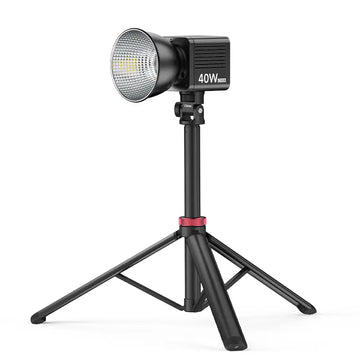The Role of a Sturdy Light Stand in Ensuring Safety and Stability
Let's look at the key words in this article light stand designed for safety and stability.When it comes to the world of entertainment, whether it be film, television, theater, or live events, the safety and stability of lighting equipment are paramount. A reliable light stand is a crucial component in ensuring that lighting fixtures are securely positioned to illuminate the stage or set effectively. Without a sturdy light stand, there is a risk of accidents, malfunctions, and potential harm to both equipment and personnel.

Key Features of a Dependable Light Stand
There are several key features that define a dependable light stand designed for safety and stability. These include a robust construction using high-quality materials, adjustable height options to accommodate various lighting needs, secure locking mechanisms to prevent unexpected collapses, and a wide base for enhanced stability. Additionally, some light stands come equipped with leveling feet or spikes to ensure a secure grip on different types of surfaces.
The Impact of a Reliable Light Stand on Production Efficiency
By investing in a reliable light stand that prioritizes safety and stability, production teams can significantly improve their efficiency and workflow. A sturdy light stand eliminates the need for constant readjustments or replacements, allowing lighting technicians to focus on their creative tasks without interruptions. This not only saves time but also enhances the overall quality of the production.
Ensuring Safety and Stability: The Importance of Regular Maintenance
While a high-quality light stand is designed to withstand rigorous use, regular maintenance is essential to ensure its continued safety and stability. This includes inspecting the stand for any signs of wear and tear, tightening loose components, and cleaning it to prevent the accumulation of dirt and debris. By incorporating routine maintenance into their workflow, production teams can prolong the lifespan of their light stands and uphold a safe working environment.



